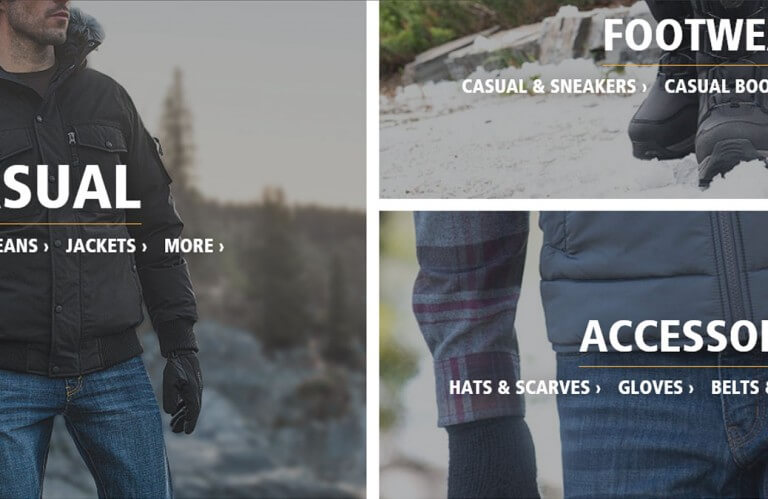

Great content should feel natural. It is clear, concise, and compelling. Expertly presented, it helps convert browsers into buyers. But producing polished, informative content for your eCommerce store on a regular basis takes an enormous amount of time and know-how.
Fortunately, help is at hand! Here are four reasons why you might want to consider outsourcing this vital piece of your e-commerce marketing strategy:
1. Increase cost-effectiveness
Professional, well-written content will drive clicks and conversions. But it’s not just about writing. In today’s competitive environment, eCommerce sites need graphics, videos, and podcasts as well as great photos to go with product descriptions. Outsourcing content creation to an agency means you have access to a large pool of talent – writers, editors, photographers, videographers and so on. It’s difficult to hire the staff able to take on all these tasks, but outsourcing will give you the expertise you need, just when you need it.
2. Put effort where it’s most needed
Your team is busy. They have other duties to complete by the deadline. Tasks that they do well. Creating and managing content is way down on their “To Do” list. Outsourcing content creation means you get a team of professionals immersed in the marketing and content field. Do your employees have the time and knowledge to keep on top of the latest content trends and strategies? Outsourcing may be a good option to tap into the experience of a team of specialists.
3. Guide the buying experience
Consumers like to make informed buying decisions. More information on products equals higher customer satisfaction and lower product returns. Product descriptions are just the start. A team of professionals can put together user and how-to guides in a wide variety of formats, from simple text to fully immersive interactive styles that can support the buying experience. This type of skill tends to be needed at infrequent intervals, so hiring extra employees with the expertise could be a waste of precious marketing dollars.
Outsourcing content creation can be a great way to get the perspective that only a fresh pair of eyes can give. A different angle might just be what’s needed to boost sales of slow-moving items. A diverse team of skilled content creators could revitalize your product content and descriptions, tailoring them to your customers’ needs.
Outsourcing isn’t for every eCommerce store, but if you find you lack the time or expertise to create eye-catching content in-house, partnering with a team of experts who take the time to get to know you and your products might just be the answer. It’s something to consider at your next marketing strategy meeting.






